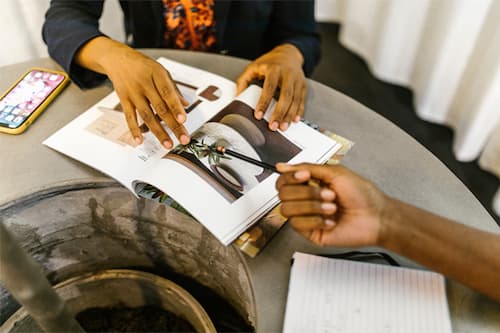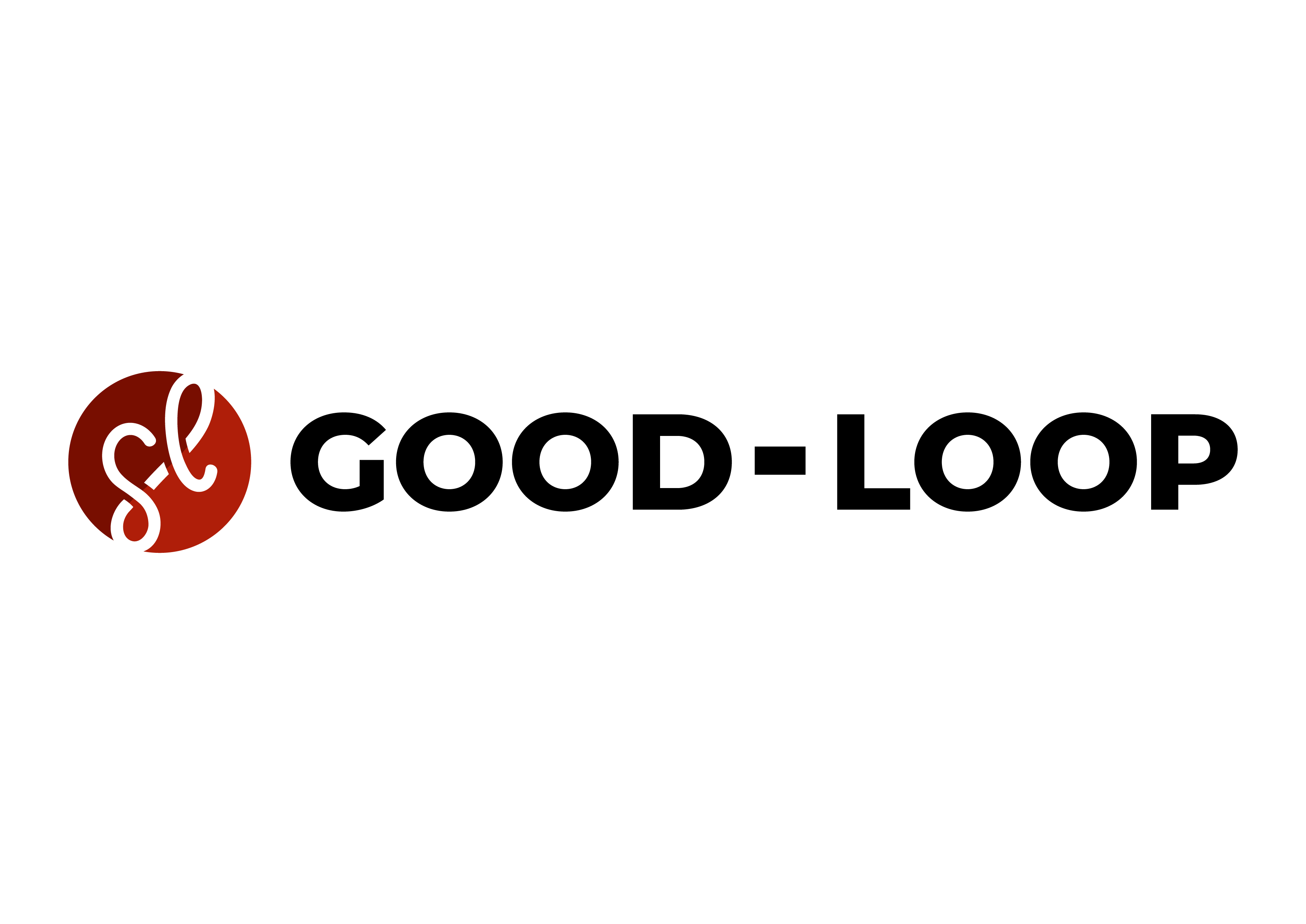Every year we watch as companies jump on the Black History Month (BHM) bandwagon, and despite brands insisting on the importance of supporting "diverse communities", their commitment rarely makes it past a month.
The influence of advertising goes beyond who you show in your ad campaigns, but also where you put your media spend.
If you're planning on making DE&I a pillar of your brand, then there are several avenues for you to consider and by doing so, you'll see the results. IAB's study found that, less than half of the digital ad dollars being spent are channelled to diverse websites, despite the fact that research has shown that consumers engage more with advertisements on these sites.
By supporting diverse publishers, like Essence, Gal-Dem, and Blavity, year round - and not just for Black History Month - you become part of the movement calling for more responsible media in the advertising industry. Here's how you can get involved:
1. Become Aware Of The True Impact Of Corporate Allyship
When you make the decision to go beyond the creative, you unearth a plethora of ways that your brand can have a sizable impact, not just on your consumers but also along your advertising supply chain.
Investing in Black-owned publishers directly shows your commitment to promoting economic growth for Black communities. By prioritising diverse-operated media, advertisers can break through the systemic barriers within the billion-dollar industry thus driving a more equitable media landscape.
By making this change, the industry will also be enabling greater visibility to these publications that bring unique perspectives and voices to the table. For brands looking to go a step further in their Black advocacy campaigns, this directly funds Black storytellers, journalists, and thought leaders to share their own stories on a level playing field with mainstream media outlets.
By diversifying your media planning, you're rewarded with insights into a demographic that may have previously been overlooked as a possible revenue. Brands that work with publications that have carefully crafted their communities through focussed content on particular demographics, will see increased engagement, loyalty and ultimately sales.
It is worth mentioning, as highlighted by Group Black, Black-owned publishers are not always Black targeted, and can in fact give advertisers a wider understanding of communities that support diverse-operated publications beyond a generalised approach to racial identities that currently exists.
2. Put Your Money Where Your Mouth Is
Diversity is becoming a hot topic amongst advertisers that's thrown around a lot by brands but few know how to walk the walk.
Procter & Gamble have pledged to spend $140 million on Black-owned media over the next five years, and they're not alone. More companies are starting to recognise the importance of reaching diverse audiences and the social credibility gained by promoting inclusivity in their advertising.
However, even the most well-intentioned steps should be taken with caution. Companies need to establish clear metrics and accountability measures to ensure pledges to Black-owned publishers are met. This could include regular reporting on the diversity of media paid for, the conversion success of campaigns run on Black-owned publishers specifically, and gathering feedback and insights from the community.
Through this data and investing in these communities, you are giving your company an invaluable head start. As it stands, the USA has nearly half its population that identify as POC, with 12% identifying as Black and African-American. The demographic landscape of the USA is rapidly changing, and over the next forty years, we will see a sharp increase in the POC population.
How much is the sustainability of your business worth? It's time to work with diverse publishers to stay relevant for new audiences.

3. Don't Just Do It, Prove It
When considering the diversity of a publisher, the question becomes "what do we actually mean by that?" Are we looking at the writers? The C-Suite? The shareholders? The audience? The founders? The content?
One solution could be certification from third-party verification from industry organisations or government agencies. For example, the Minority Business Enterprise (MBE) is certified by the National Minority Supplier Development Council (NMSDC). The NMSDC counts not only the employees but also requires diversity within the C-Suite and ownership too.
However, a key part of this work should be focussing on direct partnerships with publishers. Companies that engage in direct communication with publishers gather more information about their ownership, staffing, and editorial priorities like the work of SHE Media who has created The Meaningful Marketplace to support and direct advertisers towards POC and female owned publishers.
A marked difference between the former and the latter, aside from gender, is the method of identification, where the MBE requires paperwork and evidence to be certified, SHE Media is based on self-identification, which could be argued as being more beneficial to POC.
Whichever method you choose, having a clear methodology that you share with your clients and prospective clients is key. Scrutiny of the industry is at an all-time high so be clear. If you want to support publications with a diverse C-suite, state it and how you've made sure your advertising is in line with that.
Be A Leader In Responsible Media And Show The Way For Others
Once you've taken the steps to ensure your own house is in order, it's time to start leading the charge for other agencies and brands to follow.
At the moment, there is a real discrepancy between those who say they would like to help fund diverse publishers and those actually doing it. There are several reasons for this, most of which stem from a lack of information around "diverse publishers". Who is reading them? How can we be sure they are diverse? Will there be a dip in performance if we do go through diverse publications?
Purpose and profit do go hand in hand, but the lack of belief in this is causing certain communities to be overlooked and ignored by advertisers, contributing to the already existing systemic barriers and biases within the advertising industry.
It's time to move past the traditional media channel, in favour of investing in a newer, more diverse publisher landscape. Black-owned publishers present a whole range of new opportunities for advertisers to explore. However, we cannot do this alone. The whole industry needs to be involved.
Ultimately, the solution requires the industry to make a deliberate and sustained effort to invest in Black media publishers, by working with Black-led organisations, and ensuring its actions are governed by Black voices. We currently need more brands to step up their corporate allyship, so this is your chance to let your brand become a leader in this space.

Look Below The Surface, Be A Force For Good With Every Part Of Your Digital Advertising
Our work in DE&I in advertising, whether at the forefront or in the background, should not be a check box exercise.
It's time to say enough of plastering multi-ethnic faces across your advertising one month a year, and then be complicit in the systematic oppression of people of colour for the other 11 months.
The only way to break into the $1.6 trillion of buying power that the Black community holds is through authenticity and real support. Give Black-owned publishers and other sections included in diverse media as equitable footing against companies like Facebook, Google and Amazon who currently receive 64% of US ad dollars.
Invest in Black-owned publishers. Invest in a more diverse media landscape. Invest in making your advertising a force for good.

